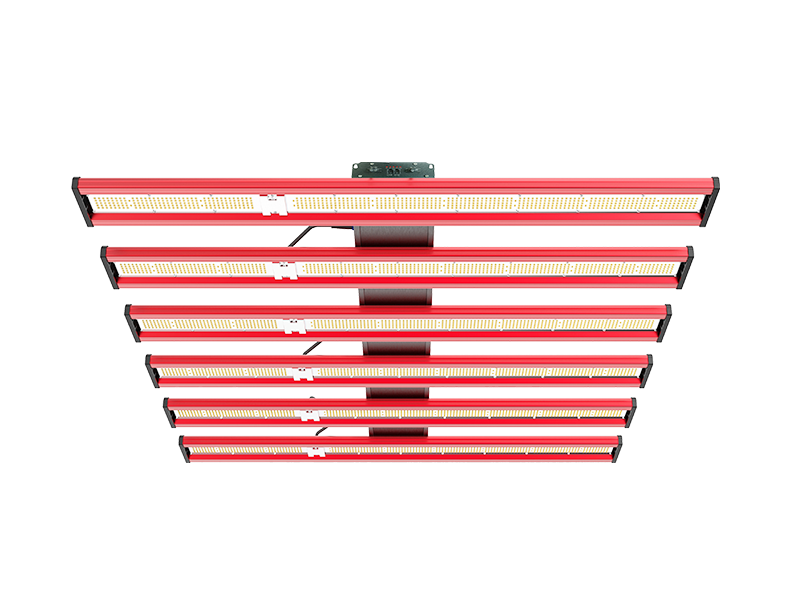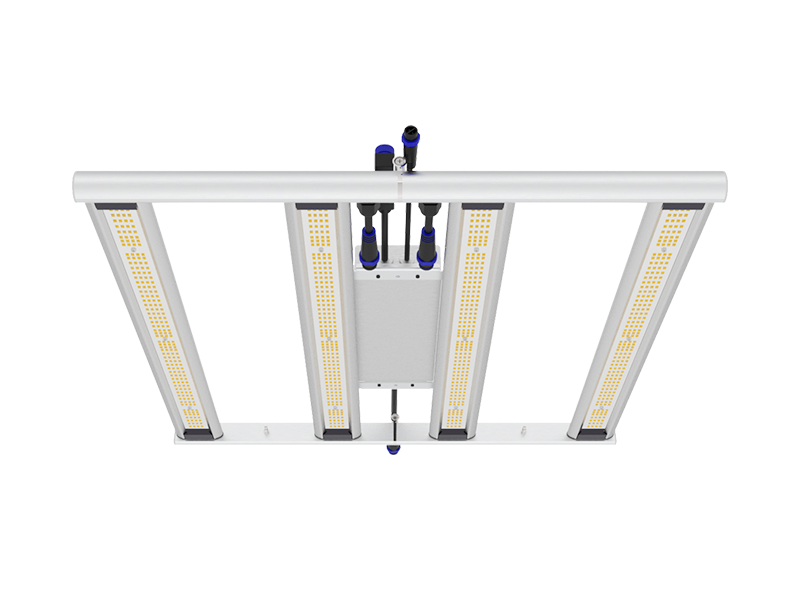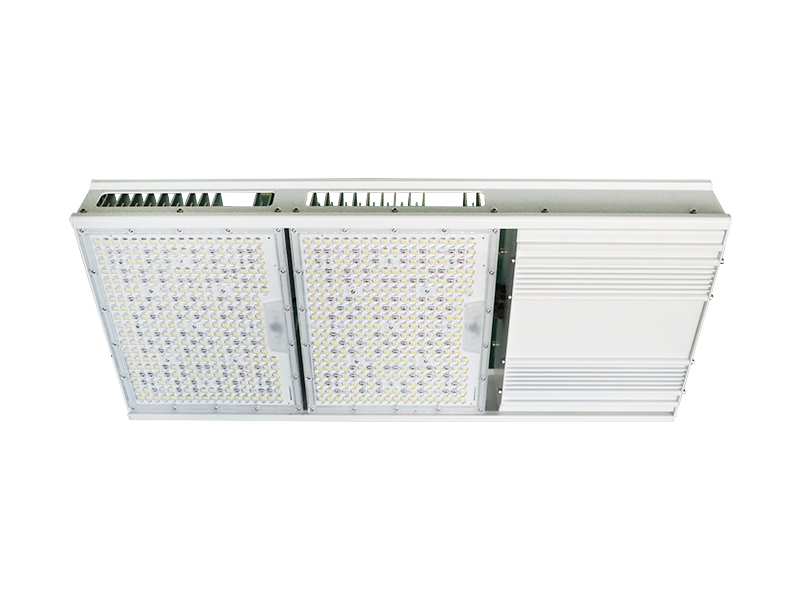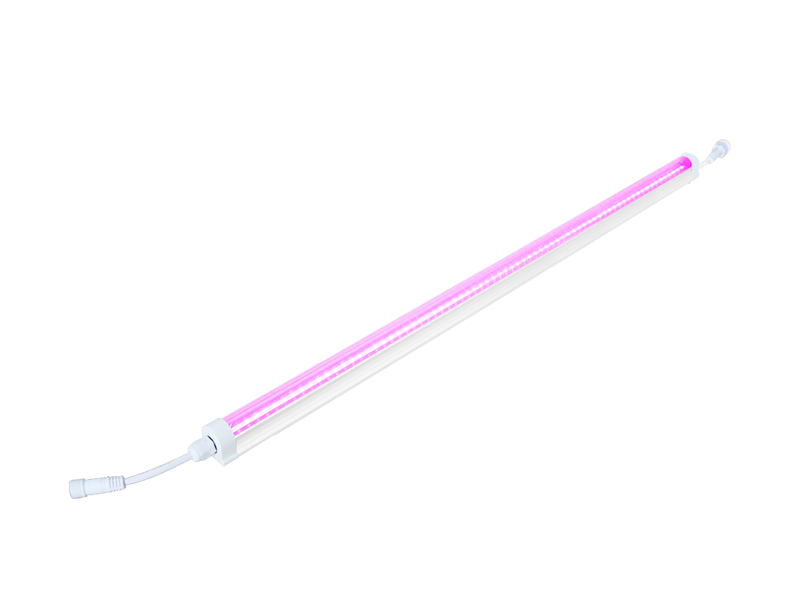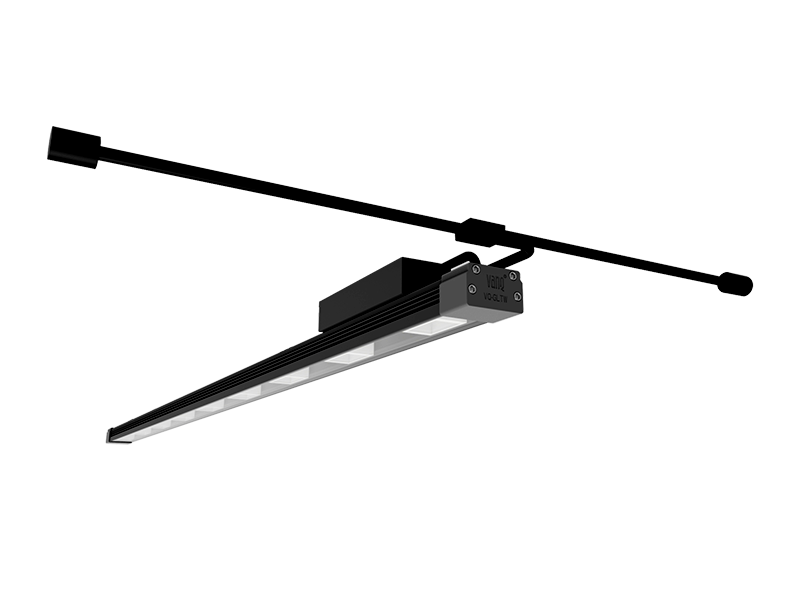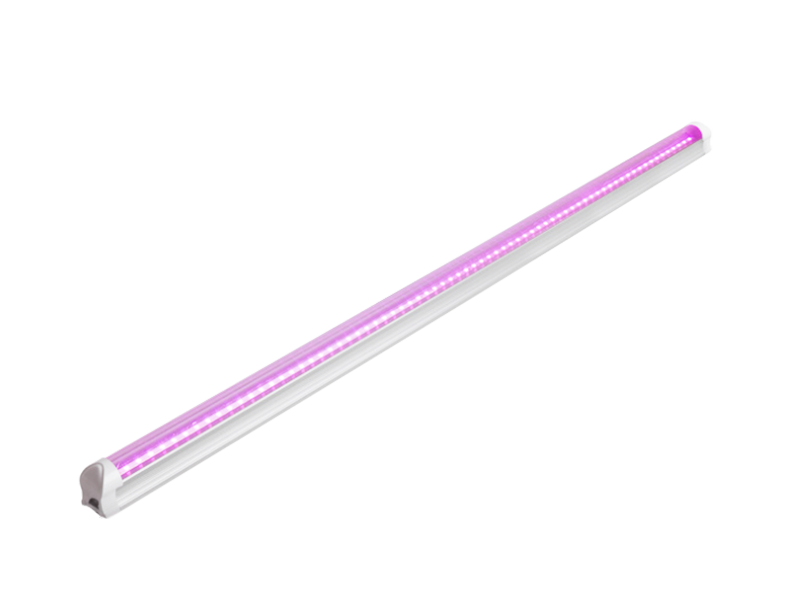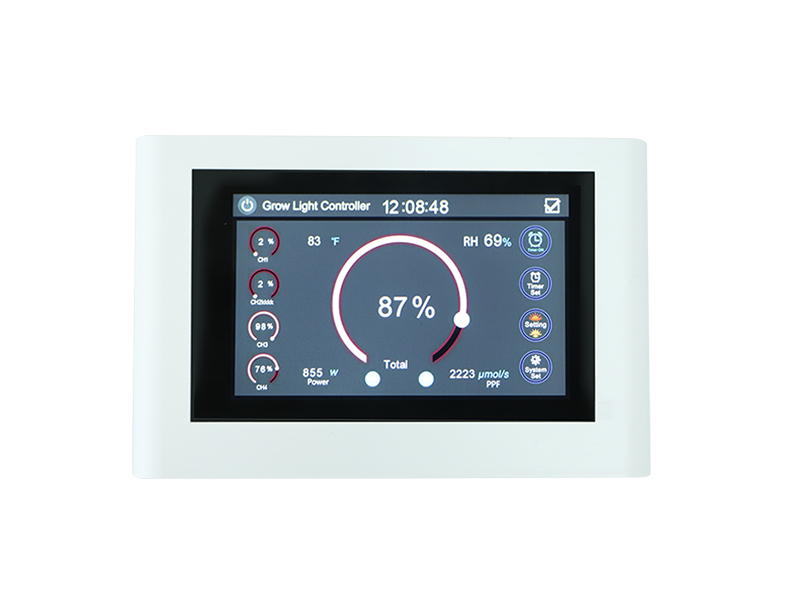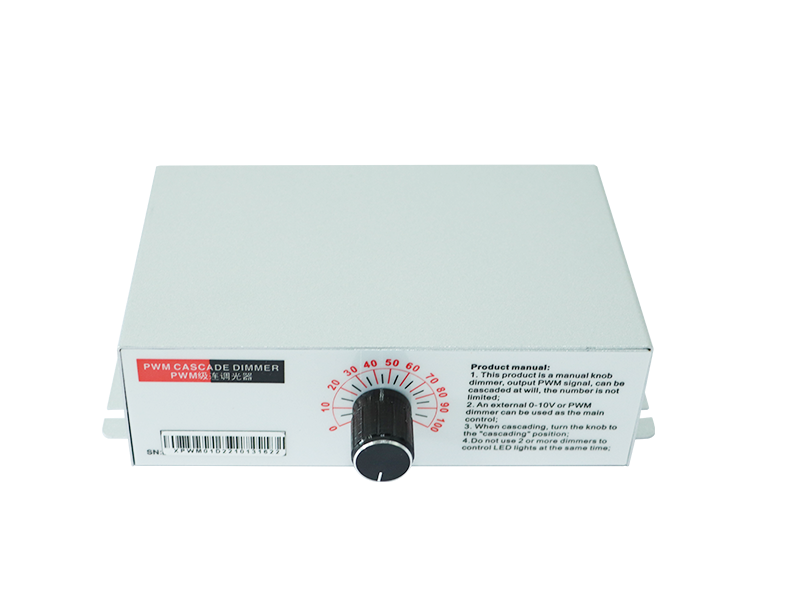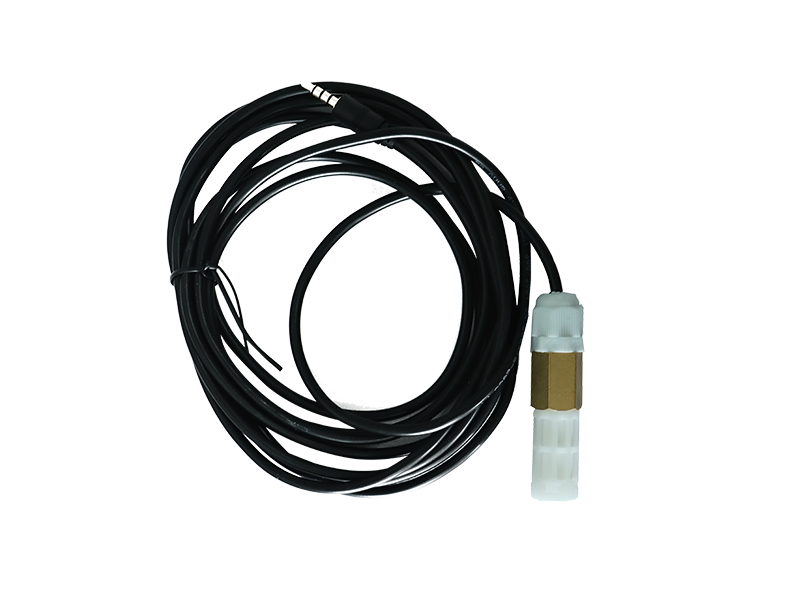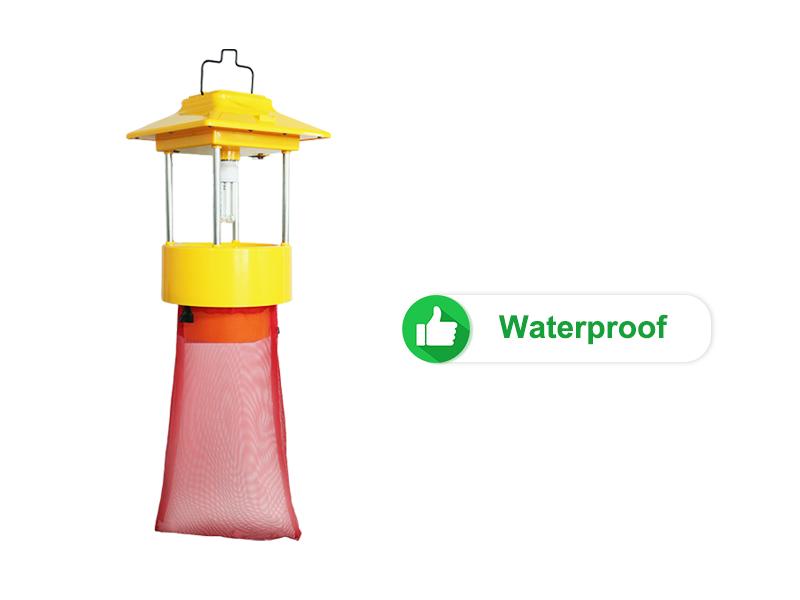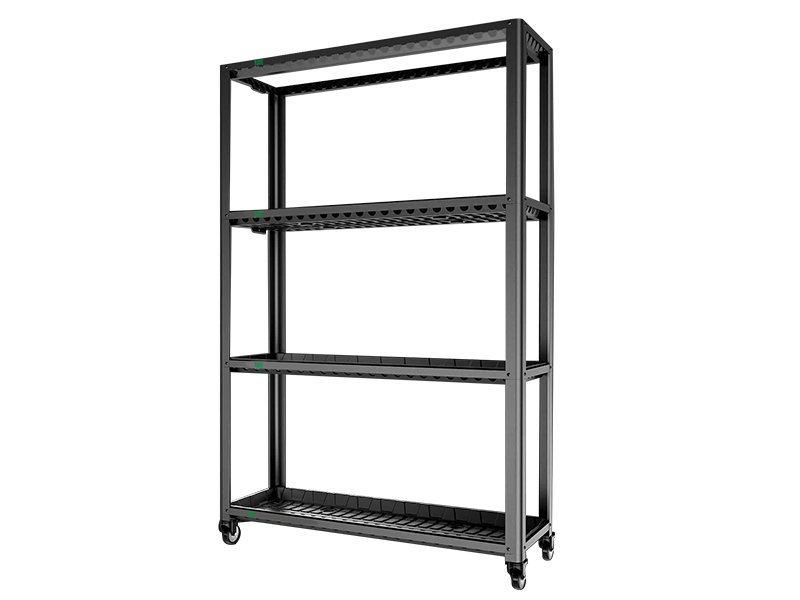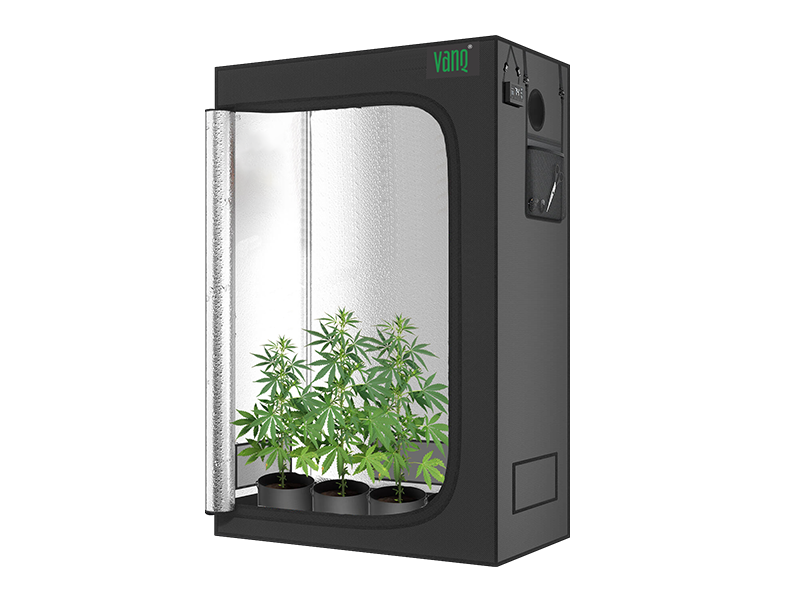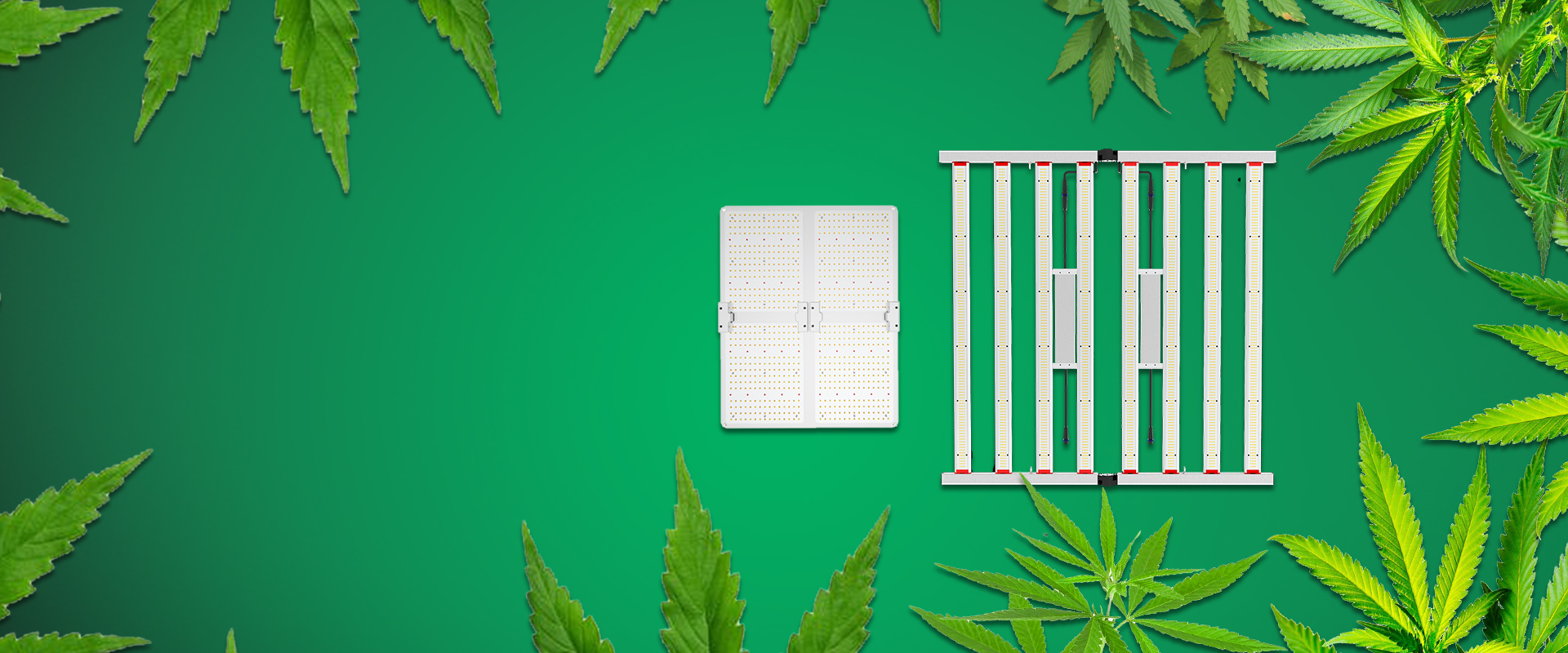After you have survived the problems of marijuana "yellow leaves", "leaf drooping", "disease and pests", "leaf browning", etc., it is time to harvest and successfully harvest when the cannabis THC content is the highest and the potency is at its best.
Next, the most important step is drying.
Don't underestimate this step, if you don't dry it properly, the THC content and aroma and flavor in the hemp may be greatly reduced, and it may even trigger mold, causing your efforts to become a pile of moldy waste.
What does drying do?

1. Remove moisture and reduce the probability of mold
Freshly picked cannabis flowers contain a lot of water, and by drying, you can reduce the moisture inside the cannabis plant and keep it dry, so as to avoid mold growth in a humid environment.
2. Enhance aroma and taste
By drying, the chlorophyll in the cannabis flower will be broken down into energy substances and metabolized, the "grass smell" will gradually evaporate, and the natural aroma of cannabis (terpenoid compounds) will be more prominent, smell, more fragrant, and the taste will be improved.
3. Enhance potency
In fresh marijuana, THCA makes up the majority of the product, and during the drying process, THCA is gradually converted into THC, the main psychoactive ingredient in cannabis that triggers the well-known "high" sensation, which THCA itself does not possess.
4. Extend shelf life
Dried and properly cured cannabis can be safely stored for months or even longer without losing potency or spoiling.
Specific steps to dry marijuana

1. Harvest marijuana
After the cannabis buds have matured, carefully cut the whole plant from the roots (harvesting is best done in dry weather).
2. Trim (optional)
If you're going to hang the whole plant to dry, pruning can be done after drying, which will retain more leaves, take longer to dry, and be suitable for lower humidity environments.
Another method is to prune off the excess leaves, especially the large ones, first, and then hang the flower buds to dry, which will speed up the drying process and reduce the risk of mold.
3. Hang to dry
In a dark room with good air circulation, hang the pruned marijuana upside down, either as a whole plant or as individual branches, making sure there is enough space between the shoots to avoid overcrowding and that the buds do not touch each other to avoid mold growth.
4. Environmental control
Temperature: Keeping between 18-21°C, over heated can cause some of the active ingredients in cannabis to volatilize, while lower temperature may prolong the drying time and increase the risk of mold growth.
Humidity: Keep it between 45-55%, too high humidity can cause the marijuana to become moldy, while too low can cause the marijuana to dry too quickly, losing some of its flavor and taste.
5. Check the drying process
Generally, the time for hemp drying is 7-14 days, depending on the environmental conditions, and the condition of the buds is checked daily to ensure that there is no mold growth.
The degree of dryness can be judged by gently bending the branches, if the branches are easy to break, it means that the hemp is close to drying, and if the branches are still soft, then it needs to continue drying
6. Trim and store
After drying, the final pruning is carried out, the remaining leaves are removed, only the bud part is retained, and the pruned flower buds are placed in an airtight glass jar for sealed storage.
When stored, open the jar for ventilation ("breathing") for a few minutes a day to release excess moisture for 1-2 weeks, a step called "curing" that can further improve the taste, aroma, and effect of the cannabis.


